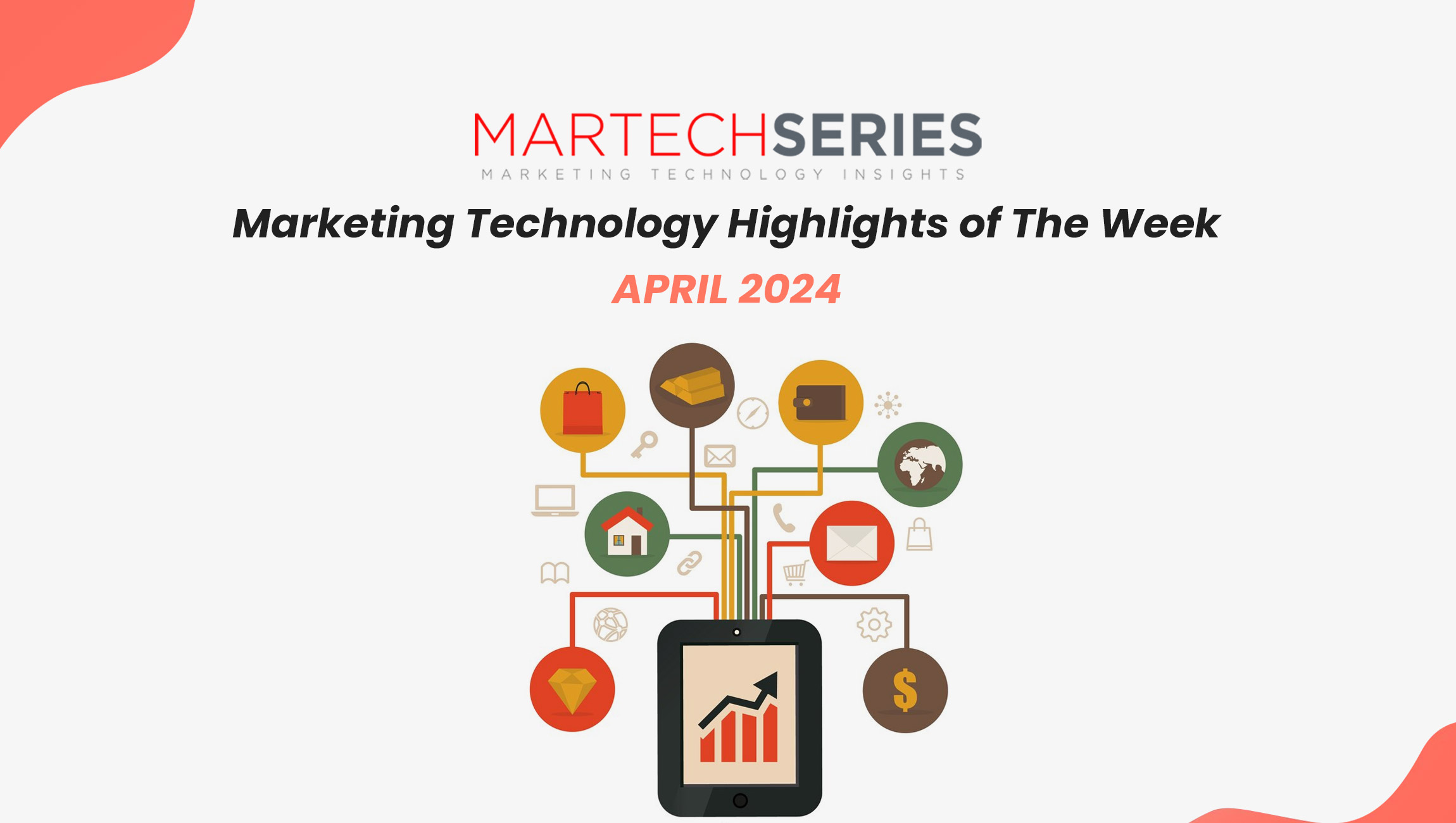Chief Experience Officers (CXO) are taking their organizations by storm, serving as champions for both employees and customers. As business leaders increasingly prioritize the quality of experiences, especially in a digital-first world, CXOs are demonstrating their value in navigating employee satisfaction and building customer trust and loyalty.
Unpacking experience.
The experience profession is on the rise. In 2017, only 65% of organizations reported having a CXO or its equivalent. As of 2020, that number had jumped to over 90% (source: Gartner). Although newer to the C-suite, the benefits of having a dedicated “experience” professional are apparent. It means someone is making sure that decisions are being made with the customer and employee at the forefront. The onus is on the CXO to translate what decisions mean for the end user, and ultimately, create a customer-first perspective across the organization.
Take pharmacies, for example. When a patron arrives, waits in line for 15 minutes, and the product they need is not available, how does that impact their experience? What then happens when the customer calls the contact center? The customer journey through physical and digital systems is the type of problem CXOs solve on behalf of an organization to make those experiences seamless.
On the flip side, CXOs are also here to help create environments for employees to flourish through the sense of purpose they derive from their work. We’ve known for decades now that it’s unrealistic to expect employees to serve customers and deliver great service when they themselves are not privy to similarly positive experiences.
A booming experience economy.
Consumers expect seamless experiences no matter how they shop, and this has only been accelerated in recent years. Brands showed consumers during the pandemic that they could achieve this synergy—online order to pick-up being a key example—and now this level of integration is expected. Coming out the other side of the pandemic also led to a major pivot in consumer desires from products to experience, creating what we now call the experience economy. Today, companies differentiate themselves based on the experiences they deliver.
Marketing Technology News: MarTech Interview with Erik Huddleston, CEO @ Aprimo
Challenges still lay ahead.
With new roles comes a new set of challenges. CXOs are tasked with creating a great experience for employees and clients to drive retention and business growth. But where can they start?
Here are the five biggest obstacles CXOs face with some solutions they can deploy.
1. Syncing with leadership on experience initiatives and priorities.
The #1 challenge for experience leaders, according to research, lies in collaborating with other functions to drive strategic initiatives. With the role being so new, leaders are still figuring out how it fits within other facets of the organization. Creating an Experience Council where functional leaders gather to find solutions to their problems by incorporating new practices could be a good tactic for creating cross-organizational champions.
2. Determining practical metrics for assessing experience.
How do you measure something as subjective as experience? Traditional metrics like satisfaction and retention are a good start, but they won’t go as far as they need to. But tools harnessing AI offer promising solutions. Measuring experiences with the right frequency through active listening can offer sentiment analysis and increase the quality and quantity of the insights gathered, leading to a more holistic view of a customer’s experience.
3. Hiring seasoned experience experts.
With the field being so new, there can be a lack of readily available talent well-versed in the breadth of skills needed for the role. This is why it is critical for experience leaders to invest in building programs to upskill their current workforce on experience initiatives, or begin an experience rotation program and give functional members of the organization the opportunity to switch roles for a set period of time to allow for exposure to other areas of the business.
4. Designing AI experiences with humanity and trust in mind.
A majority of leaders (81%) believe that some form of AI (Generative AI, Machine Learning, Responsible AI, and others) will have the greatest influence on customer and employee experience in the coming years. Active listening and experimentation are the two strategies companies need to adopt to integrate the tech into their experience mix in a way that is seamless for the customer.
5. Proving the impact of investment into experience.
Experience is a hard concept to measure with existing tools. While data and metrics track impact, the best way to measure effectiveness is to combine experience with financial and operational metrics. Through a holistic approach, you’ll be able to define the vision and unify data across silos. ROI is a universal language across organizations, so the collection of this data tied to business and financial objectives will help supplement the case for buy-in across the organization.
As the role of the CXO becomes a staple, every function will need to see how experience helps drive their success—from the CFO to sales. But this evolution in mindset and practice across the business will take time. Experience is a bifocal undertaking, focusing on short-term goals while not losing sight of transforming the customer journey in the long term. Although these challenges still lay ahead, it’s important to address them head-on with robust, cross-organization strategies to overcome them.
Marketing Technology News: How media brands can boost trust and audience reach in the year of elections











